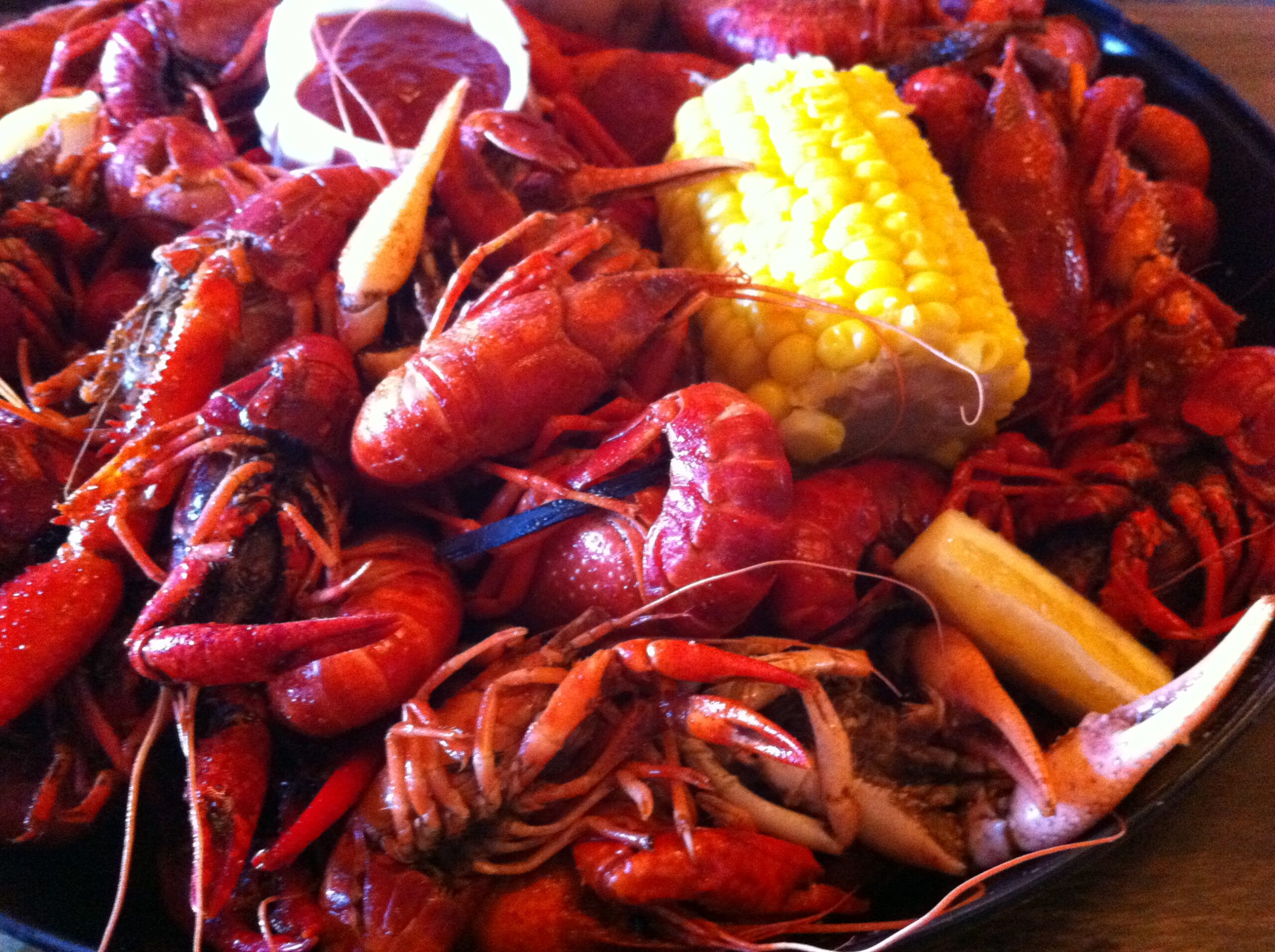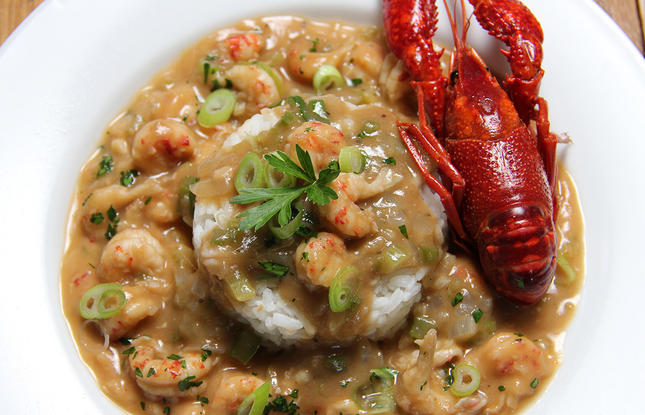
Mardi Gras, translated from the French means Fat Tuesday – the last day of the Carnival season whose mantra is “Let the good times roll.” In an effort to keep Fat Tuesday fat, I think a better mantra would be “Eat up!” since when the clock strikes midnight, the dawn of Ash Wednesday, Lenten fasting begins – a time when the Christian faithful abstains from meats on Fridays and culinary self-sacrifices, giving up delicacies as pies, cakes and cheese fries.
As the impending fast draws near, I plan to eat up on Mardi Gras and indulge in my favorite Cajun and Creole foods – those that are easy to make such as crawfish boil, crawfish pie and beignets – each perfect for Fat Tuesday and beyond since each dish fits nicely into the Lenten season when meatless Fridays rule.

Luckily, crawfish is in season, and available in many groceries. Best yet, live crawfish for boils can also be found. Harvested fresh in south Louisiana until late spring and commercially caught in flooded rice fields where crawfish traps resembling wire cage buoys are set. These crawfish traps are emptied every few days, and are then processed and packed live for boils or steamed, processed and frozen.
Jefferson Parish, Louisiana, is crawfish central, where crawfish is packed and shipped across the country. It’s foodie’s must-see bucket-list destination famous for roadside crawfish stands, crawfish boils and eateries whose signature dishes are laced with crawfish.
Sacks of live crawfish for crawfish boils are available and can be shipped from Louisianan processors such as Acadia Crawfish. Once you have found your supplier for crawfish, consider hosting a crawfish boil. The recipe is easy. Start with a huge kettle of water seasoned to taste with pre-packaged crab/ shrimp boil spices. Plan on 3 to 4 pounds of live crawfish per person. Live crawfish usually are packaged in 25- to 35-pound bags. Wash the live crawfish in water until the water runs clear. Discard any dead crawfish. If you don’t relish the thought of dealing with live crawfish, then substitute frozen crawfish tails for live crawfish. Plan on a pound of tail meat per person.
Once water comes to a boil, add crawfish, small red potatoes, peeled small whole onions and corn cobettes. Once water returns to a boil, cook for 5 minutes, remove from heat and let soak for 20 minutes. Use a large strainer or colander to remove crawfish and vegetables from boiling pot. To serve, place on platters with lemon wedges and melted butter.
Granted, crawfish boils can be messy, but that’s what makes it fun.
For crawfish fans who don’t care to tackle a boil, consider Crawfish Etoufee (see below). Featuring crawfish tails, this Big Easy classic is easy to make. Just remember to look for and buy genuine Louisiana crawfish meat, which are grown in clean waters.
Crawfish Etoufee is a recipe I brought back with from Breaux Bridge, Louisiana, home to the nation’s oldest crawfish festival. Give it a try, along with a batch of beignets.. Both take less than hour to make, leaving plenty of time to party and let the good times roll on Fat Tuesday and beyond.

Crayfish Etoufee
1/4 cup butter
1 cup chopped onions
1/2 cup chopped celery
1 cup chopped bell pepper
1/2 cup diced tomatoes
2 Tablespoons minced garlic
2 bay leaves
1/2 cup tomato paste
2 pounds cleaned crayfish tails or shrimp
1 cup flour
8 cups water or fish stock
1/4 cup white wine
1 cup chopped green onions
1/2 cup chopped parsley
salt and pepper to taste
Tabasco to taste
In a large stockpot, melt butter over a medium heat. Add onions, celery, bell pepper, tomatoes, garlic and bay leaves and sauté until soft. Add crayfish tails and tomato paste, whisk in flour and slowly stir in water a little at a time to keep thickness of sauce. Add wine, green onions and parsley; season to taste with salt, pepper and Tabasco. Continue to cook a few minutes to heat through. Serve with rice. Serves 8 to 10. Leftovers freeze well for up to six months.

New Orleans-Style Beignets
3 – 3 1/2 cups flour
1 package dry yeast
1/2 teaspoon. nutmeg
1 cup whole milk, warmed to 125 degrees.
1/4 cup sugar
1/4 cup oil
1 egg
oil for frying (vegetable or corn oil)
powdered sugar
In a mixing bowl, combine 1 1/2 cups flour, yeast and nutmeg. Stir in warmed milk, sugar, oil and egg. Stir in enough of the remaining flour to make a stiff, workable dough; knead until smooth. Place in lightly greased bowl, cover with a towel or plastic wrap and let rise until doubled. Punch down. Roll out dough into a rectangle a 1/4-inch thick. Let dough rest 30 minutes, then cut into 2-inch squares. Deep fry in hot oil (375 degrees) until crisp and brown. Drain on paper towels, dredge in powdered sugar. Serve warm. Makes 14 to 16 beignets.





